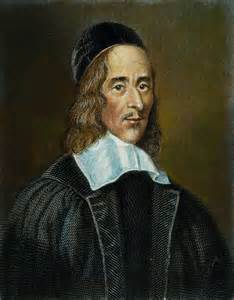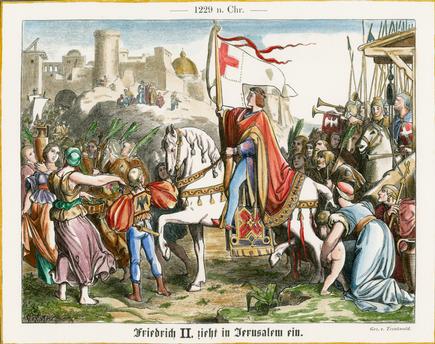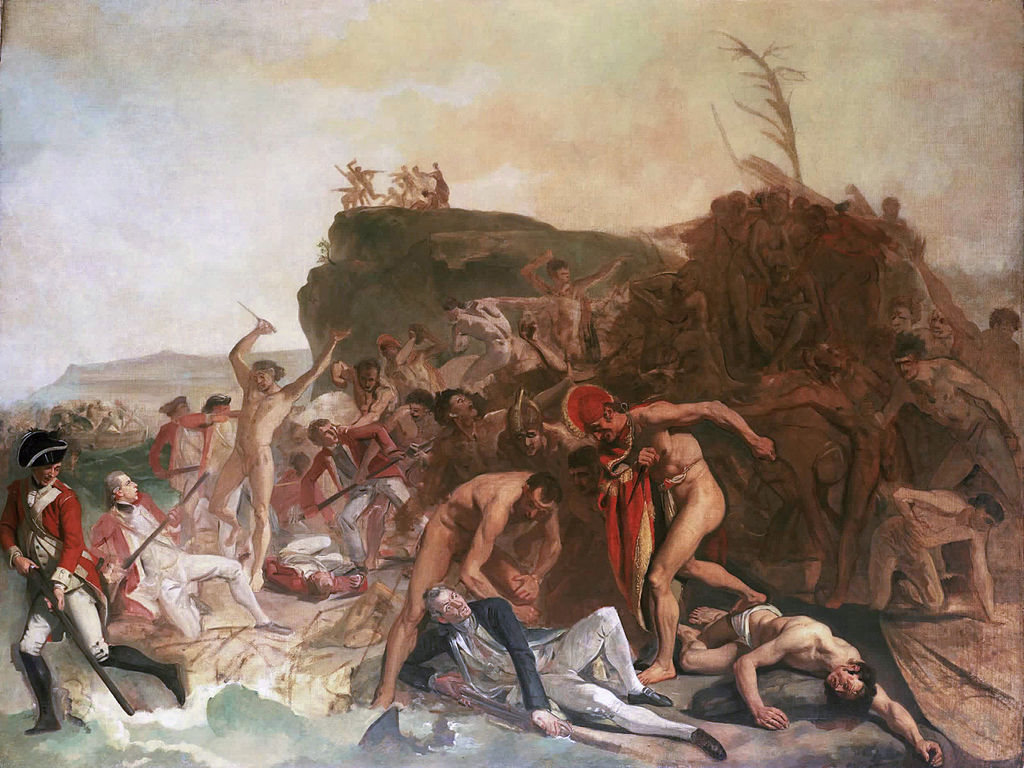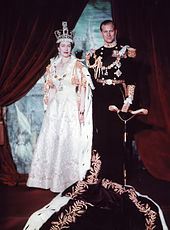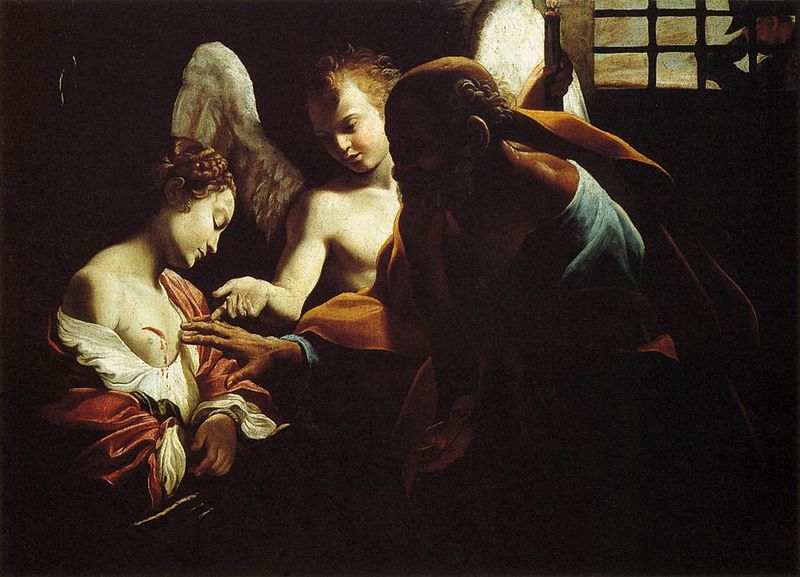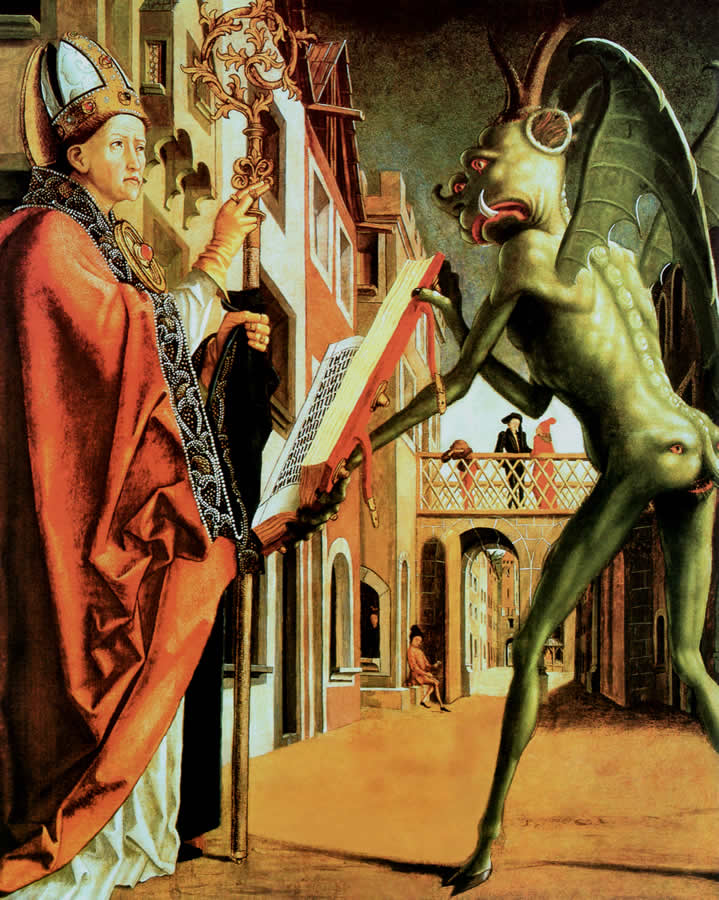1993
The siege of the Branch Davidian compound begins
Vernon Wayne Howell (1959-93), was a charismatic ne’er-do-well who, in the late 1980s, engineered a takeover of the Branch Davidian sect, a breakaway splinter of the Shepherd’s Rod, which was itself the product of a schism in the Seventh Day Adventist movement. The sect’s previous leader had killed a man with an axe for asserting that Howell was the Messiah and this enabled Howell to achieve leadership of the group and control of its compound near Waco, Texas which they had dubbed the Mount Carmel Centre.
In 1990 Howell had his name legally changed to David Koresh — David to signify his claim to the lineage of the Old Testament King and Koresh as a nod to the Persian emperor Cyrus who had liberated the Jews from the Babylonian Captivity and was hailed as a Messiah. His Biblical interpretation foresaw an imminent martyrdom and an apocalyptic end times in which his children by multiple wives would rule the world after the return of Christ. Rumours of polygamy and under-age sex, as well as the illegal stockpiling of weapons, prompted an ill-advised raid on the compound on this day in 1993 in which four ATF agents and six Branch Davidians were killed. This marked the beginning of a 51-day siege in which controversial government tactics and the increasing madness of Koresh coincided in a bloody and fiery climax which took 76 lives, including 17 children.
Two years later the perpetrators of the Oklahoma City Bombing which killed 168 people cited the Waco siege as a reason for their anti-government terrorism.

